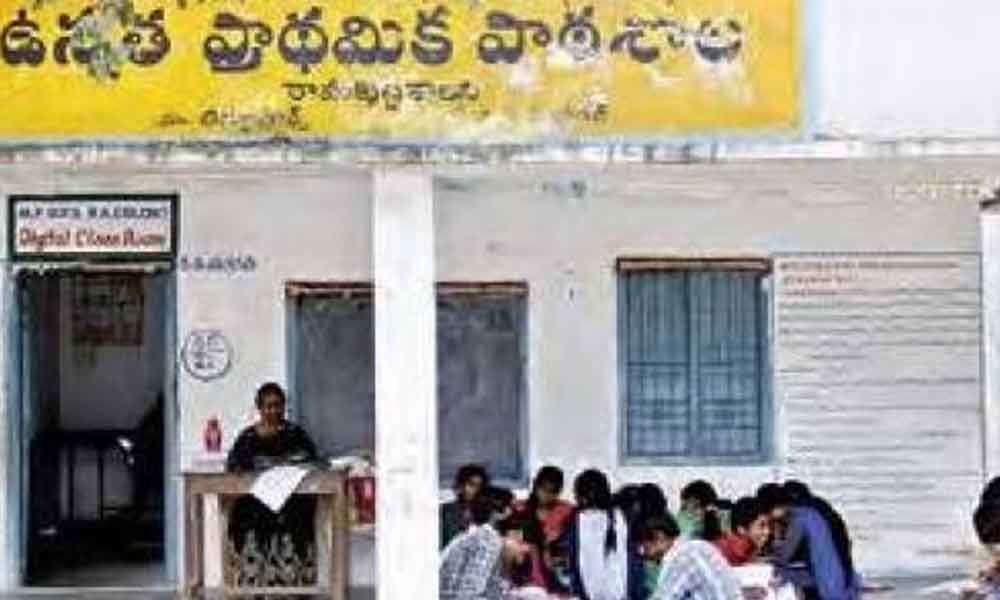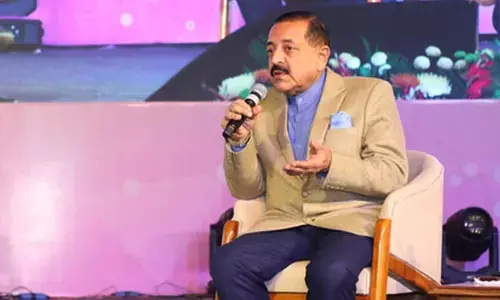E-governance of govt schools leads to nowhere

Launching mobile apps in the name of e-governance and digital governance seem to be the new facade by different wings under the State Education Department (SED).
Hyderabad: Launching mobile apps in the name of e-governance and digital governance seem to be the new facade by different wings under the State Education Department (SED).
According to sources, the School Education Department, Telangana Board of Secondary Education (TBSE) and Telangana State Board of Intermediate Education (TSBIE) have been competing with each other in roping in the private companies for developing mobile apps.
However, lack of configuring reporting standards and protocols from different wings functioning under each one of the boards not able to achieve the intended purpose. In turn, the new initiatives are serving the intended purpose partly are becoming redundant.
For example, the State School Education Department (SSED) has to collect the attendance data of the students in the government-run schools across the State.
Speaking to The Hans India, sources in the SSED said, there are three kinds of channels through which the department gets data from the schools, Mandal Education Officers (MEOs) and District Education Officers (DEOs).
Firstly, the school headmasters use mobile-based short message service to send the attendance data of students and teachers, including the mid-day meal attendance to the local MEOs. In turn, the MEOs sends the same to the DEOs.
From there, it reaches to the Commissioner of School Education. Secondly, there are Cluster Resource Persons (CRPs) at the mandal level. The CRPs in-person visit the schools allotted to them every day.
They collect the attendance of the students and teachers and send the same to the MEOs.
The third layer of tool available for reporting is that the schools can use the Telangana State Integrated School Management System (TSISMS), a web-based app.
However, all three modes of reporting are not free from constraints. The HMs and CRPs cannot send SMS reports in the absence of mobile network signals. The CRPs cannot visit more than one or two schools allotted to them in a day given the radius of jurisdiction.
Lack of internet and erratic power supply make it tough to send reports from the remote areas. It was against this backdrop that the SSED launched T-Haazaru, a mobile-based attendance system. School headmasters have to enter details of teachers and boys and girls attended the school at 10.30 am on any given working day. Failing, action will be taken against the headmasters.
But, "What if, the mobile signals' are not available? What if, the headmasters manipulate attendance figures? Telangana State United Teachers Federation secretary Chava Ravi said, "Except collecting statistics, it would not solve any of the constraints faced earlier."
This makes the T-Haazaru, the fourth layer that only works in the areas where mobile network signals are available.
















